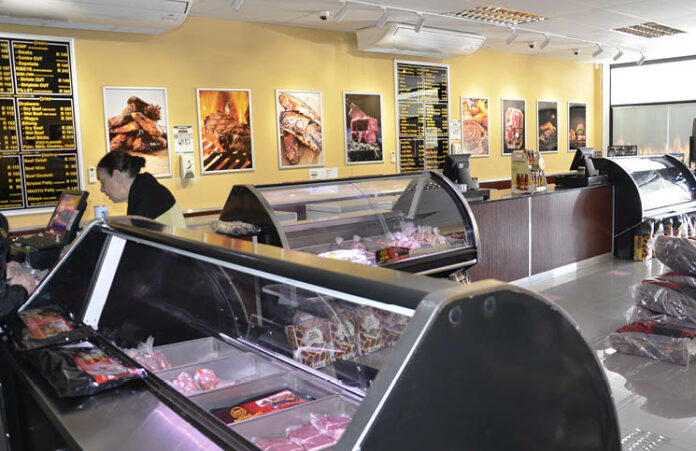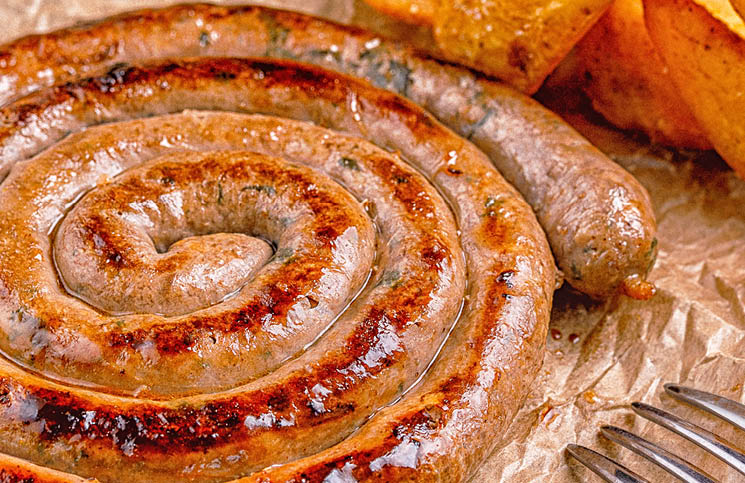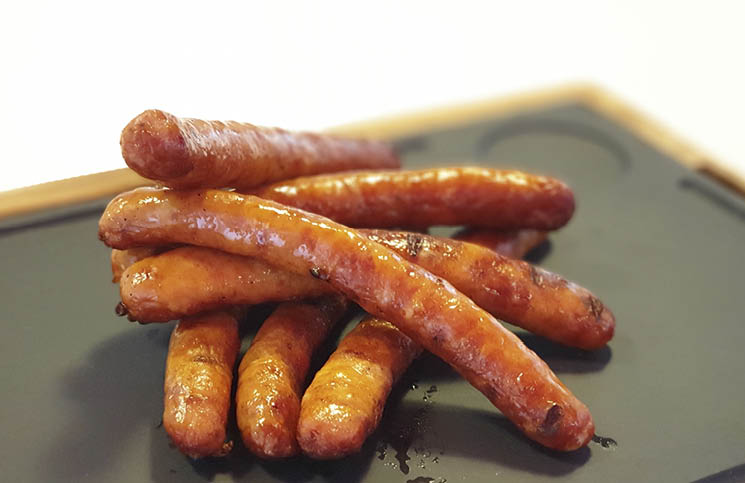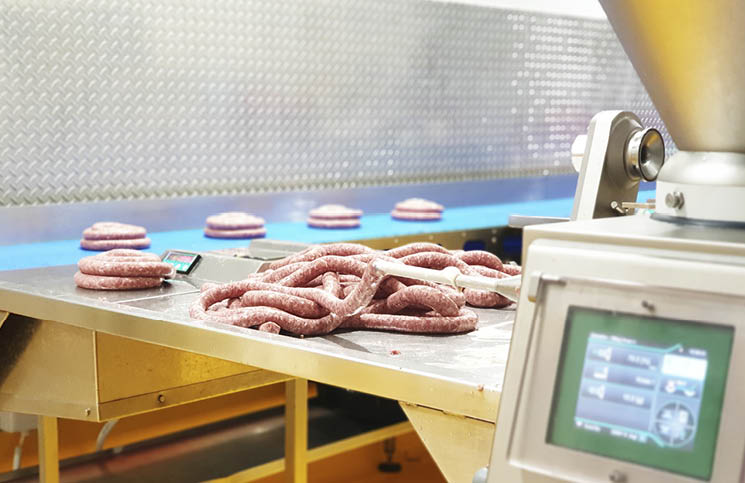
With all the covid restrictions set aside, we find ourselves wanting to socialize more. What better way to do this other than to invite some friends and light a fire? With Heritage Day being celebrated on 24 September, what better way to celebrate the day with food that our forefathers enjoyed.
A big part of the grill is the sophisticated products that takes time and effort to construct. Flavours need to come together. Products need to be nurtured and kept away from an open flame – one such product is Boerewors. Even the best Boerewors can be treated wrong on a grill, and all the juices and flavours can be lost in the coals. We as South Africans are proud of the Boerewors legacy.

As a butcher, we strive in producing the best possible Boerewors and believe that anyone braaing it, serving it or tasting it can do so with confidence, knowing that the person who made this is proud of their legacy product.
A good Boerewors must enjoy preference over all the other meat on the grill. Crafted beforehand with delicacy and care in mind, Boerewors must be slowly braaied to perfection over evenly, not too hot, distributed coals.
The Tricks of the Trade
Some butcheries will ride the wave of a good well renown spice, but forget that it’s not only the spice that makes the Boerewors unique, but the complete process from selecting the correct meat. When making Boerewors, the butcher must decide if he or she is making a true heritage product that is pure according to legislation, or if he or she is just using previous shelf products and leftover trim with enough spices to hide any impurities or additives.
There is a big difference between a braaiwors and a Boerewors, as braaiwors may contain up to 40% soya and enough water for the additives to absorb. Some additives can absorb over 20 times its own weight. Boerewors are legislated to stay pure and must contain 90% meat. The other 10% contributes to spice, sauce, binder and casing.
How do you make an outstanding Boerewors?
The most important factor for making Boerewors is consistency. The consumer gets familiarized with the taste and texture of the product they buy. If different meat and shelf products already containing spices are used each time, the result would be different and can sometimes result in a sour taste.
The Taste Profile: When enjoying any meat, the spice and sauce must compliment the meat in a gentle way, not overpowering it nor replacing the taste of the meat with an artificial meat taste to compensate for other fillers. One advantage of free-range meat is its natural flavour.

The Fork Test: The texture of the Boerewors will tell you how pure the meat:spice:sauce ratio is. One can do the simple fork test. This is done by cutting open the sausage after cooking and gently pressing a small piece down. If the Boerewors starts to crumble, then you know it’s free from gums and additives. If the Boerewors swells heavily when cooking, then you know there are some additives reacting with the moisture over 70 degrees.
Mouthfeel: Lastly, the mouthfeel when biting into the Boerewors and eating, the skin normally a delicate sheep casing, will give away gently. Its job is done; its only purpose is to hold the raw meat together before and during cooking, which leaves a crumbly soft textured meat to chew. When using trimmings, the sinew will contract into what feels like small hard pieces, that you don’t want.
Joey’s Meat Products
Joey’s Meat Products was started in 1994 by Fanie Liebenberg and his sister Joey, who decided to make Boerewors for the community. Within two years, their Boerewors became so popular that they moved their business to an industrial area in Brackenfell.
 A few years later, the business said goodbye to Joey, and Fanie made his family part of the business. Today, Joey’s Meat Products owns its own factory with distribution points across the Peninsula. Currently, there are seven stores that trade under the name Joey’s Meat Products.
A few years later, the business said goodbye to Joey, and Fanie made his family part of the business. Today, Joey’s Meat Products owns its own factory with distribution points across the Peninsula. Currently, there are seven stores that trade under the name Joey’s Meat Products.
Our passion has always been to manufacture high-quality products, and this continues to drive us forward with every product. We built on the success of the Boerewors, and today our product range includes a wide variety of products.
The brand was built by the Liebenberg family and today managed by the two Liebenberg sons, Daneel and Ruaan with the support from their proud parents.
The two sons had the privilege to visit IFFA 2022, a meat processing tradeshow in Frankfurt, Germany recently. They gained insight into new machinery, techniques and other heritage products from different countries. Ideas were shared and compared. Tales were told. They learned that the current packaging method, consisting of a virgin plastic bag, has the smallest carbon footprint of any other packaging method out there.

When it comes to the Famous Joey’s Boerewors, our traditional method and secret recipe has been unchanged for 26 years. We produce more than a ton of Joey’s Boerewors every day in a temperature-controlled factory to meet demand. We know our quality is unparalleled.
The Product
We mainly use one beef cut, called Brisket, to make our Boerewors. The meat comes from free-range cattle grazing on the grasslands of Botswana and Namibia. It is then processed and ground with spices and a sauce and stuffed into a delicate, natural sheep casing. There are no meat cut-offs or other cuts in our Boerewors. Our Boerewors contain only Omega-3 rich beef fat and pork back fat, and contains NO hormones, NO antibiotics, NO trimmings, NO hearts, NO species, NO fillers, and NO MDM/MRM/MSM meat.

You are welcome to test it and then understand why our Boerewors, with a soft texture and a consistent taste, takes precedence on any braai grill every time.
Other meat product available in our stores include Fillet, Sirloin and Rump Steaks, Hamburger Patties, Mince, Spareribs, Droëwors & Biltong, Salami Sticks and many more.

